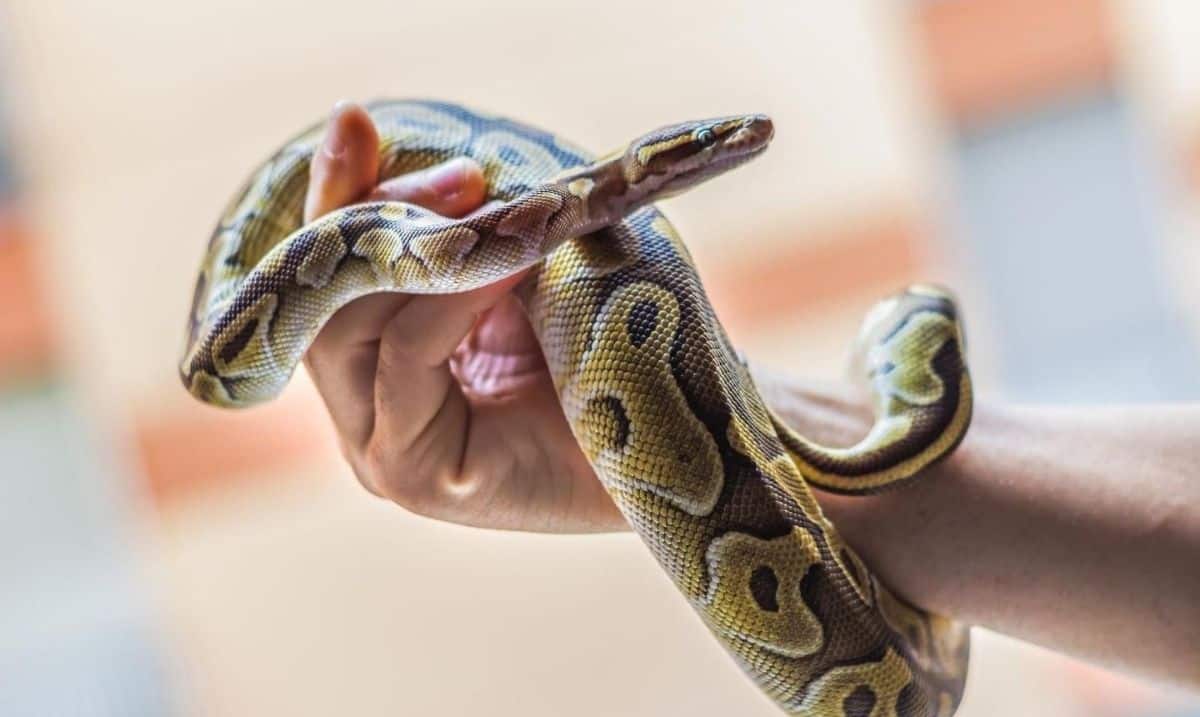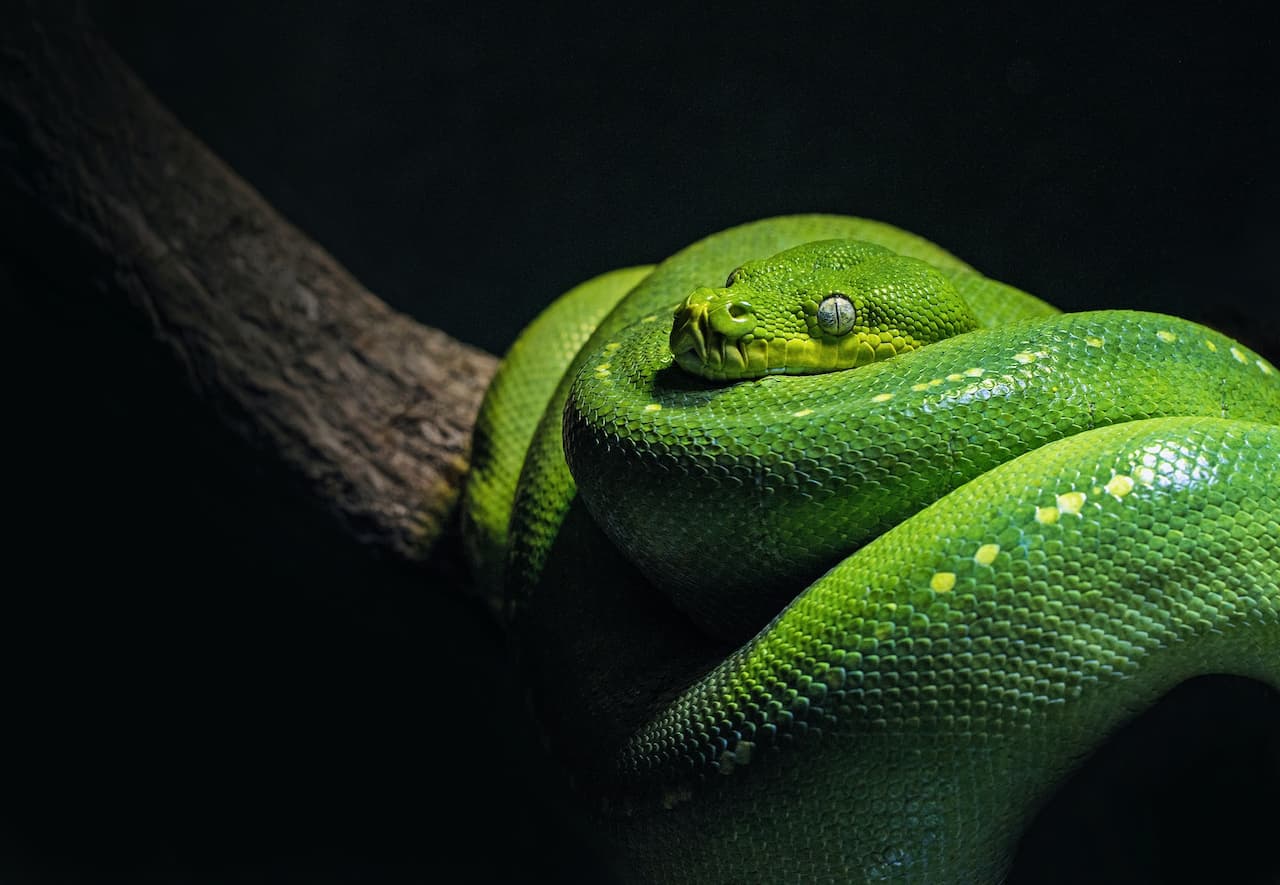Exactly How to Develop the Perfect Environment for Your Pet Snake
Developing the suitable environment for your animal serpent is essential to ensuring its health and wellness and wellness. By understanding the certain needs of your serpent types and applying the required components in its habitat, you can create a room where your family pet can grow.
Choosing the Right Room
Picking the proper enclosure is important in giving an appropriate living area for your pet dog serpent. The unit acts as the snake's key habitat, affecting its general wellness and behavior. When picking an unit for your animal snake, there are a number of variables to consider to make sure a comfy and safe setting. The dimension of the unit is important, as it ought to be large adequate to enable the serpent to move openly. A general general rule is to give an environment that is at least as long as the serpent's length and large sufficient for it to extend out comfortably.
Timber and PVC units provide excellent insulation, which is important for controling temperature level and moisture levels within the habitat. Eventually, the enclosure must resemble the serpent's all-natural habitat as very closely as possible to guarantee its wellness and joy.
Establishing Temperature Level and Humidity Degrees
In order to offer a helpful living environment for your pet snake within the chosen room, focus to preserving optimum temperature level and humidity levels is critical. Snakes are ectothermic animals, meaning they rely on outside sources to control their body temperature level.
The ideal humidity level varies depending on the serpent types, with many needing degrees between 40-60%. By vigilantly checking and changing temperature and humidity degrees, you can create a comfy and safe environment for your cherished pet serpent.
Providing Adequate Hiding Spots
Ensuring the availability of suitable hiding areas is necessary for producing a hassle-free environment for your animal serpent. Snakes are normally inclined to seek out concealing locations for protection and convenience. To simulate their natural environment, offer a minimum of two concealing spots in your snake's unit-- one on the warmer side and one on the cooler side. These concealing places can be created making use of readily available shelters, fifty percent logs, or perhaps reversed flower pots. Make sure that the concealing areas are tight adequate to make your snake really feel secure however additionally sizable sufficient for easy entry and leave.

Picking the Appropriate Substratum
To develop an appropriate habitat for your pet dog serpent, what variables should be thought about when choosing the suitable substrate? Picking the ideal substrate for your pet snake is crucial for keeping its health and health. When selecting a substratum, a number of factors require to be taken right into consideration.
Firstly, the substrate must mimic the snake's natural environment as carefully as feasible. Various snake varieties have different habitat preferences, so it is important to navigate to this site investigate your specific navigate here serpent's natural environment to select a proper substrate. Desert-dwelling snakes might require a sandy substrate, while forest-dwelling snakes might choose an extra humid substratum like cypress mulch or coconut husk.
In addition, the substratum should be risk-free for your serpent. Stay clear of substratums that can be consumed and create health and wellness problems, such as substrates that are sharp or too little. Select substratums that are very easy and non-toxic to clean to keep a hygienic setting for your pet dog serpent. By meticulously taking into consideration these variables, you can create a comfortable and secure habitat for your pet dog snake.
Offering Correct Lighting and Home Heating

When it pertains to lighting, snakes have certain lighting requirements to simulate their natural surroundings. Ultraviolet (UV) illumination might be needed for certain serpent types to help with calcium absorption and vitamin D synthesis. Not all serpents require UV lighting, so it's necessary to research your particular snake types' requirements.
To supply the appropriate equilibrium of lighting and heating, consider using a combination of overhanging heating lights, hot pad, and thermostats to regulate temperature levels properly. Guarantee that your snake's environment has a temperature level gradient, allowing it to relocate in between warmer and cooler areas as needed. snake for sale. By providing proper lighting and home find this heating, you can develop a healthy and balanced and comfy setting for your pet snake
Verdict
In final thought, creating the ideal environment for your pet dog snake entails picking the right enclosure, setting up ideal temperature and humidity levels, giving adequate hiding spots, selecting the ideal substrate, and offering proper illumination and home heating. By adhering to these standards, you can guarantee that your serpent has a healthy and comfy setting to grow in. Bear in mind to consistently readjust the habitat and keep an eye on as required to fulfill your serpent's details needs.
To develop an ideal environment for your pet dog snake, what aspects should be taken into consideration when picking the appropriate substratum? Various serpent species have different habitat preferences, so it is necessary to research your particular snake's native atmosphere to pick an appropriate substratum. Desert-dwelling snakes might need a sandy substratum, while forest-dwelling serpents may choose a more moist substratum like cypress compost or coconut husk.
Not all snakes need UV illumination, so it's essential to investigate your specific snake species' needs.
